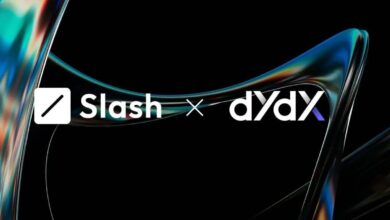How can we be data-driven when we’re data-dumb?

I’ve written a lot about how banks are dumb with data because they’re spread over so many systems with massive technical debt, and yet every bank is now saying to me that they are “data driven” with “digital at the core”.
Really?
Most of those banks, when I look under the hood, are bankensteins. These are the traditional banks that look good one the outside – give Frankenstein’s monster a nice suit – but dead on the inside because they comprise many systems developed over the past half decade that are stitched together through middleware and are only just keeping going.
When I see those stats that most US banks have core systems running on COBOL, I know I’m right. There’s nothing wrong with COBOL or mainframes, except that they were implemented in the 1970s and we are a half decade later.
So, when I hear banks saying that they are “data driven” with “digital at the core”, it makes me smile as it just is not true.
When we think of today’s world of artificial intelligence (AI), Large Language Models (LLMs), cloud computing, real-time, platforms and such like, the majority of traditional banks are just not ready or prepared. They are data-dumb, and you cannot be data-driven or data-rich if the data is spread in all those stitched up dead systems in the back office.
This was put in context for me by Alipay, who I used as a case study a few years ago for Digital Human. Meeting the Head of Systems Architecture, he explained how they are gone through four cycles of reinventing their core systems. In other words, he was explaining how they had restarted their systems four times in just fifteen years. In other words, they throw away their core systems every three to four years and start again. Amazing.
When I’m presenting to banks and tell that story and ask: when did you last reinvent your core systems architecture? everyone gives me an embarrassed smile because they know, and I know, they haven’t. It’s too difficult and risky, and how can you take such a risk in a zero-risk company.
The issue is that if you do not, you become a dead company. Just like Frankenstein’s monster, you become a company rolling along on dead time with dead parts.
This is what gets me in our digital revolution. The new firms are also dealing with legacy and technical debt, but their legacy is estimated to be around a third of their parts. In a traditional bank, it’s estimated to be two-thirds or more. How can you become nimble, agile, data-driven with digital at the core, if most of your time and effort is spent just keeping the old systems running?
This has been the question for eons – we’ve been discussing it ever since I started working in banking – and the answer? The answer? The answer is radical rethinking.
Probably the best example of such radical rethinking is when I met DBS in Singapore and Piyush Gupta, the CEO, made it quite clear that you have to run the bank and change the bank. From 2009 through 2014 they rationalised the bank onto a common core system. From 2014 onwards, they’ve moved most of that system into the cloud.
They may not be the best bank in the world to move to trying to be data-driven, but they’re certainly the nearest one that I’ve met that’s getting there.
How far along the way are you?



